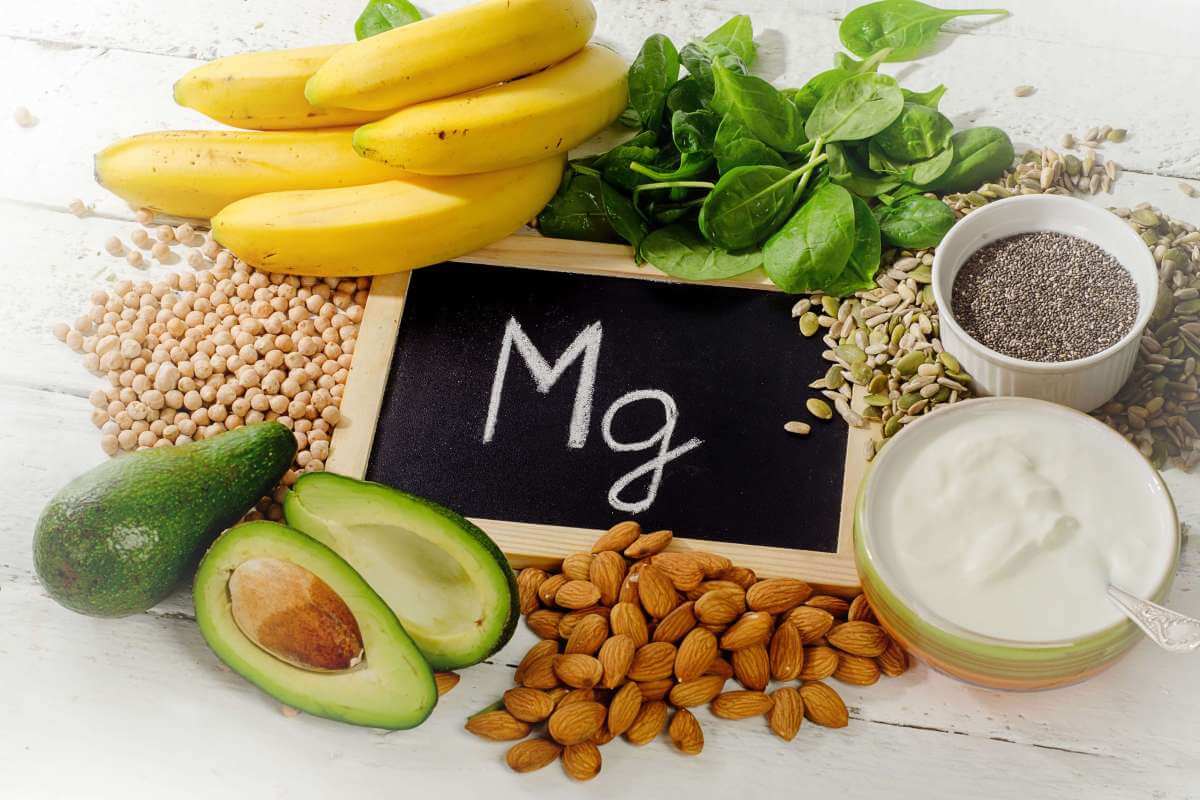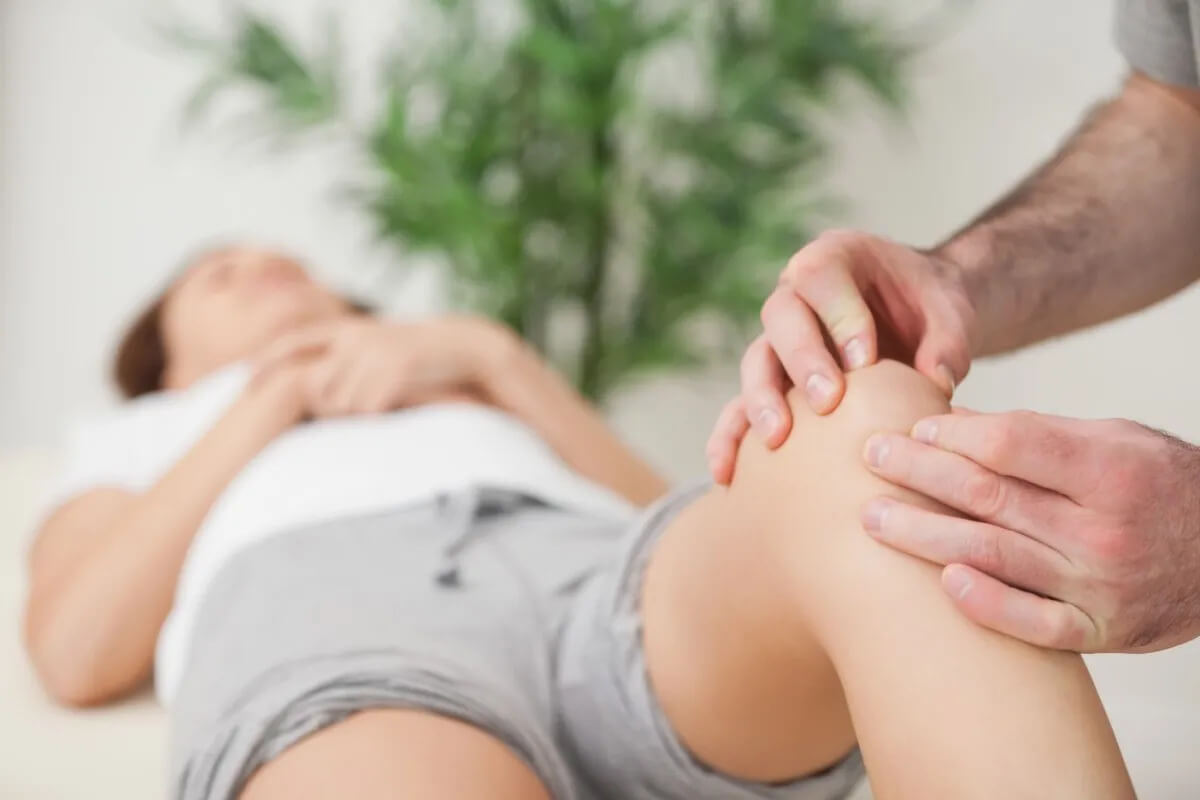Is there such a thing and what are they?

You hear this “diagnosis” all the time but what actually are Growing Pains?
According to the NHS growing pains are common in children, occurring mainly in the legs and usually stop by 12 years of age. But here’s the kicker……..the true cause is actually unknown.
So, here’s another thought – maybe they’re not caused by growing at all, and are more related to nutritional and bio-mechanical changes.
Let’s start with one of my favorites’ – Vitamin D

Two studies I’ve researched lately looked at children with “growing pains” and what their average vitamin D and pain levels were. They both showed that the average levels were well below the generally accepted level of deficiency in Vitamin D. They also showed reported pain scores of 6.8 to 7.5 out of 10 on average. Each child was given a varying monthly dose of Vitamin D (dependent on their individual severity) for 1 – 3 months and were brought in line with normal to optimal ranges. Over the same period of time, their pain score decreased significantly from 6.8-7.5 to 2.7-2.9 out of 10, with 23% of children reporting no pain at all in one study.
So why is this significant? Well firstly it shows that increasing Vitamin D, can significantly reduce the actual plain levels but also, Vitamin D plays a big role in calcium absorption and use.
Vitamin D helps your body to absorb calcium effectively, so if Vit D levels are low, then blood calcium levels will be lower too. This can then result in the body trying to release more calcium (via hormonal pathways) from the main deposit sites – bones! This in turn means that if children are making stronger bones early, they are at a much lower risk of osteoporosis and weaker bones later in life.
So, making sure they have the right levels of Vitamin D throughout childhood is very important. The best way to do this is with a simple blood test and subsequent diet improvement and supplementation. Another great way is of course getting enough sunlight and just 30 minutes of good quality summer sun exposure can be enough to produce your entire days recommend Vitamin D levels.

Another nutritional factor that should always be considered is Magnesium. Magnesium deficiency has been linked with an increase in muscle tone (tension) and also a decrease in pain threshold (increased sensitivity). Deficiency here often occurs due to low nutrient availability in vegetables and poor diet but can be increased by eating leafy greens, nuts, seeds and legumes or supplementing with powders or tablets. Another fantastic way to get an increase in magnesium absorption is with Epsom Salt baths (adding 400g of salts) each time.
At Care For Health we always want to check a child’s biomechanics to make sure that their leg strength, knee alignment and foot posture are also ideal, so as to rule out any increased strain on the muscles and joints. Especially with children who have poor stability in their legs, often it means that they have to work harder to stabilise knee and ankle joints and therefore can put excess and undue strain on tissues around it – again leading to discomfort and pain. By making sure they are doing rehabilitation exercises and (if necessary) with the use of orthotic devices, these problems can often be resolved relatively quickly so they can be back out in the garden tearing around like their usual selves again.

Yours in health
Dr Mark Fairclough


